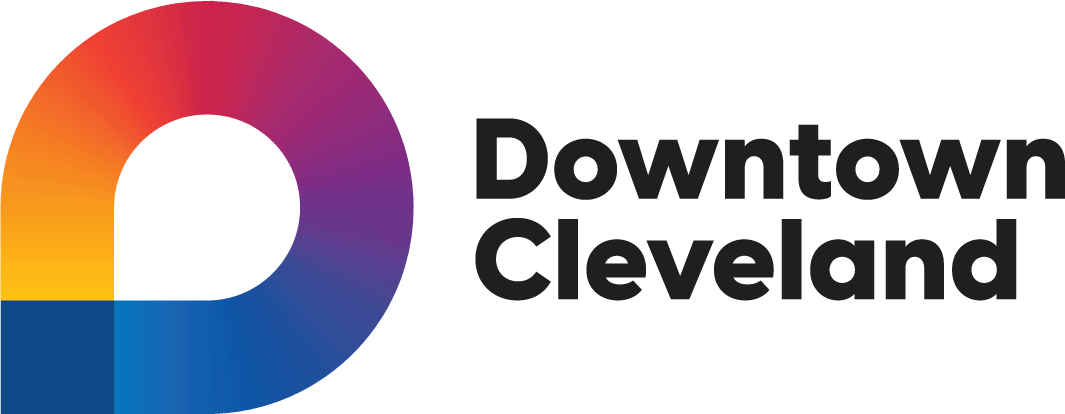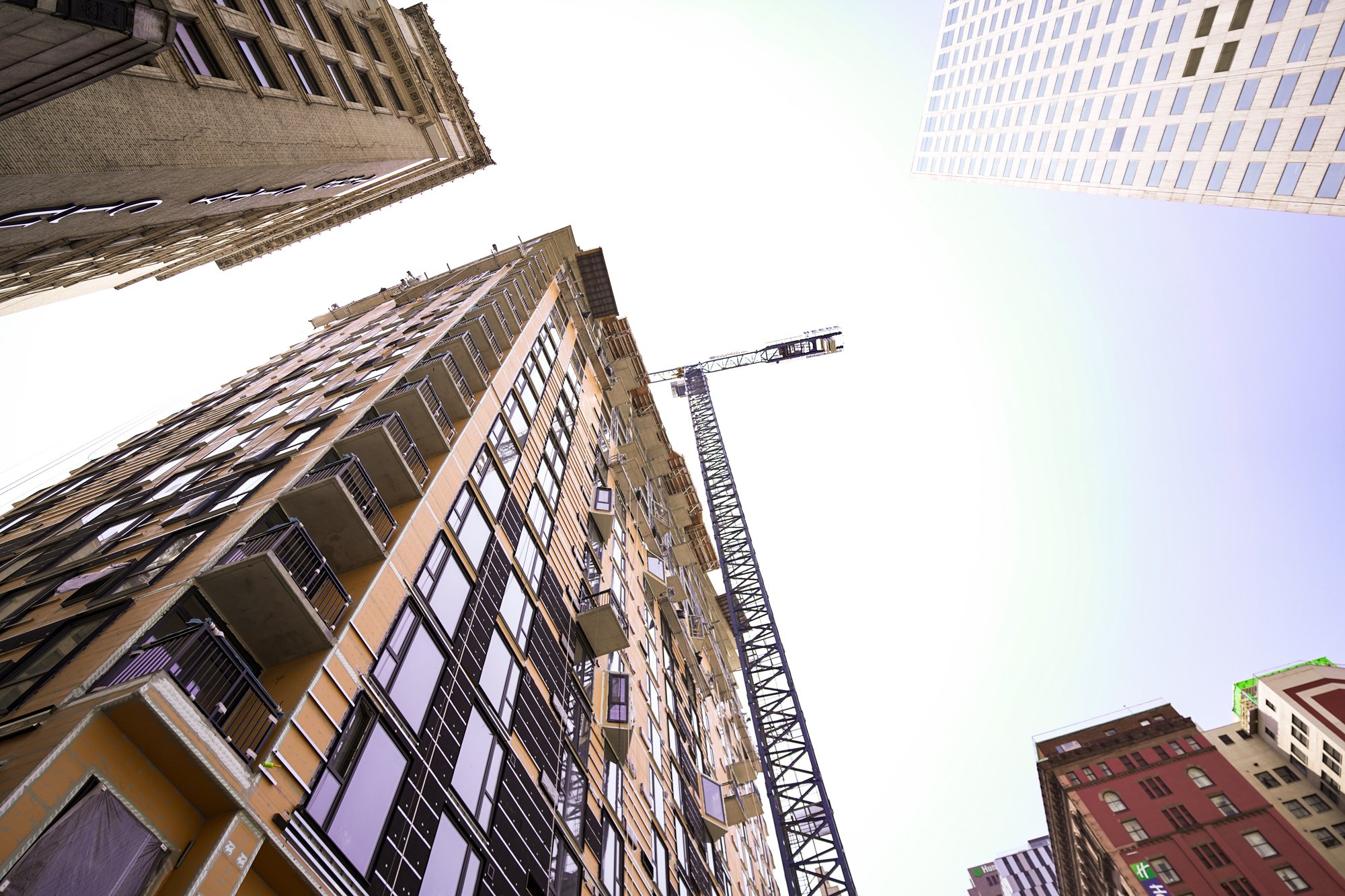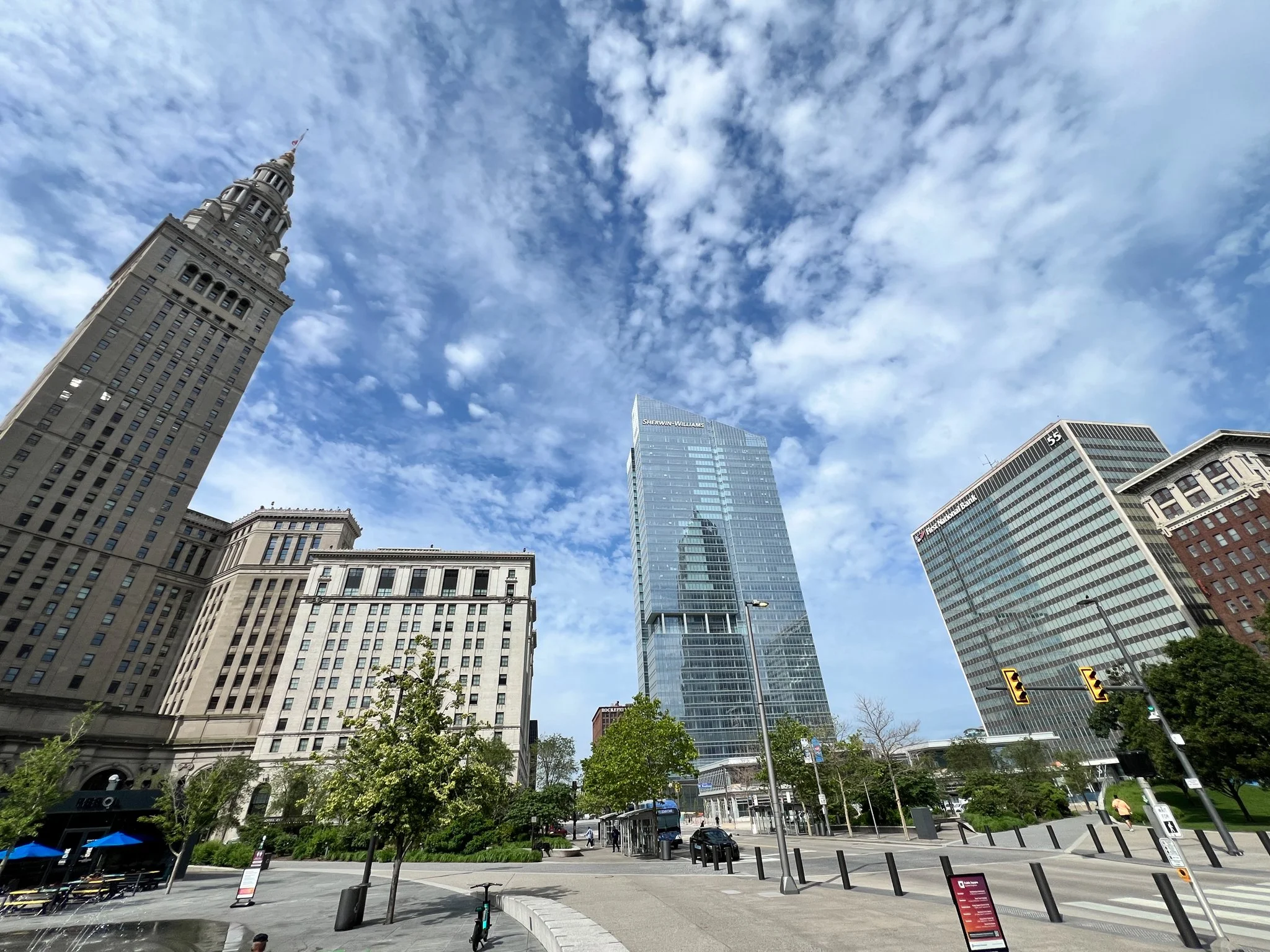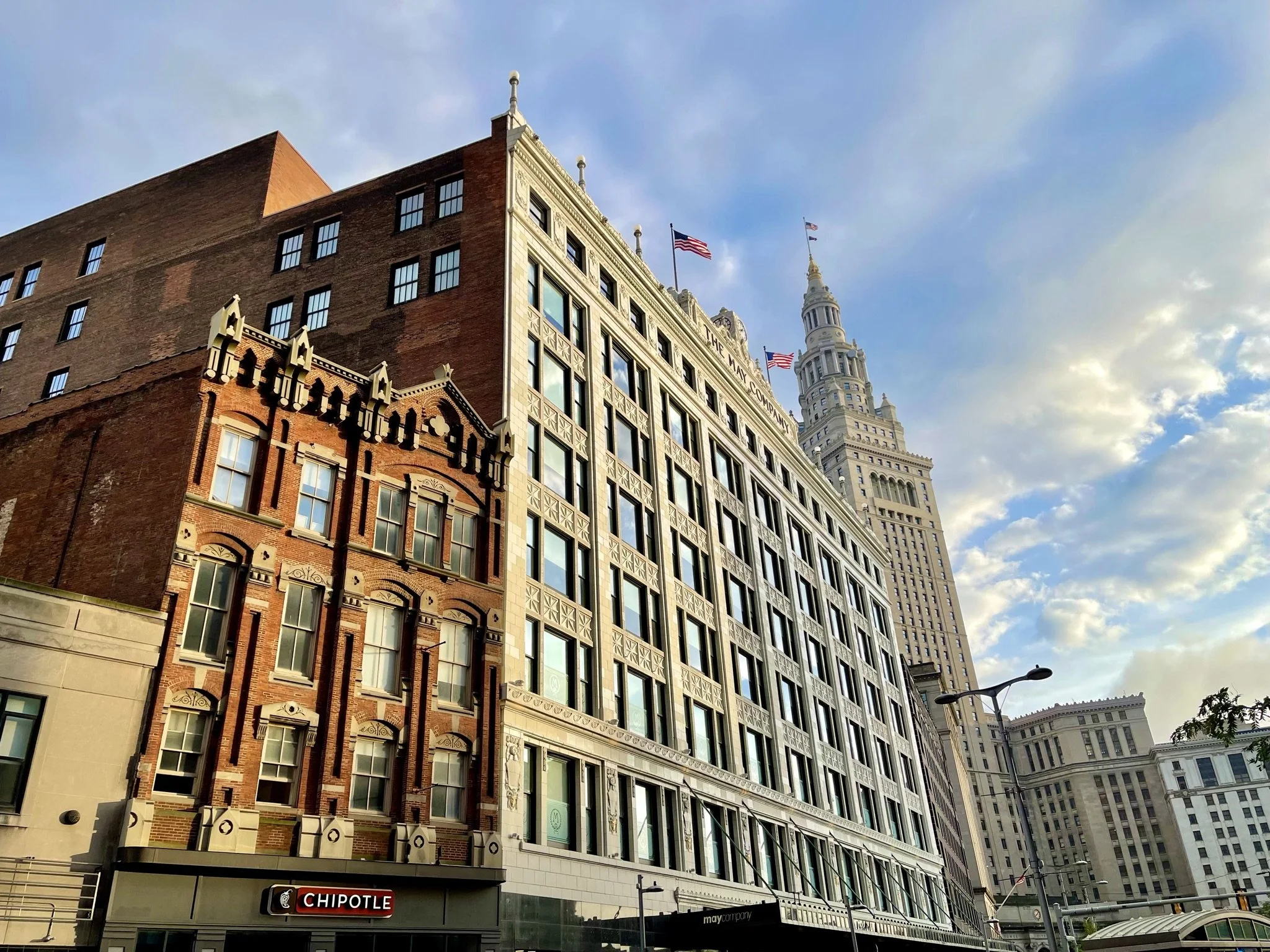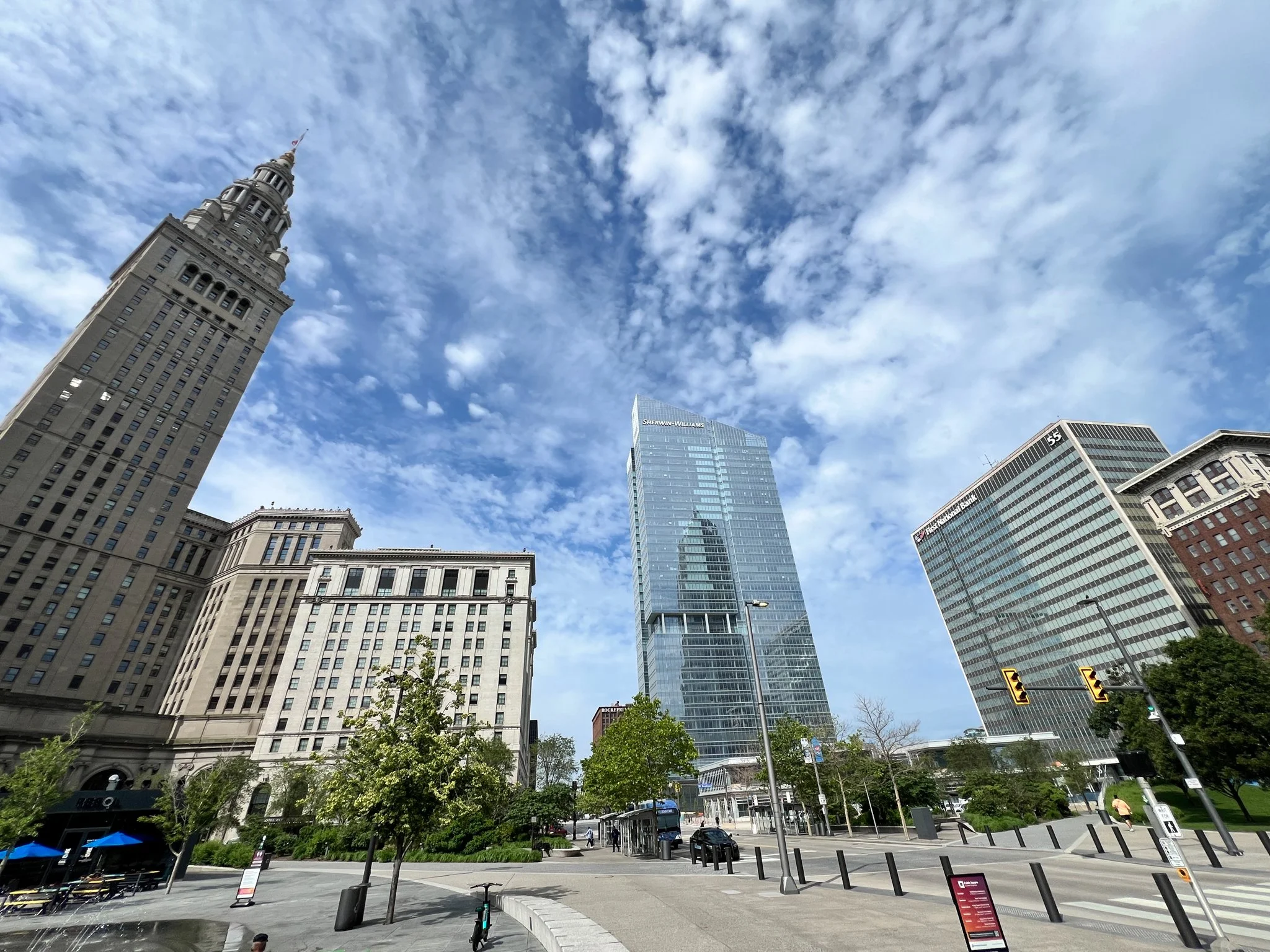
Built for All,
Ready for More.
Greater Downtown Vision
The Greater Downtown Vision is a bold roadmap for confronting challenges and accelerating growth in Cleveland's urban core over the next decade. This vision unites all existing plans and projects into one clear direction for the future. From there, it sets the community's agenda for policy, projects, and coordination as we chart the next decade of downtown leadership.

A Framework for Action
The Greater Downtown Vision is designed to be used - not just read. It is a shared blueprint that aligns the priorities and resources of downtown leaders. It is designed for use by developers and investors; public agencies and municipal leaders; organizations and funding partners; advocacy groups; anchor institutions, nonprofits, and employers.
A Vision to Drive Growth
The Greater Downtown Vision exists to drive economic growth in downtown Cleveland. That is the primary purpose of this framework: to define the public realm improvements, public policies, and civic action required to foster business growth in the urban core.
A growing downtown is a resilient downtown. Cities are deeply impacted by events that we can’t always see coming: pandemics, social unrest, inflation, changing work habits, the rise of artificial intelligence, and more. Building an urban core that attracts investment will help Cleveland withstand change and disruption.
Our goals are bold and ambitious, because that is what downtown deserves.
Measures of Success
Job Density
Over the next decade, downtown Cleveland should achieve a job density rate of 40,000 jobs per square mile. This reflects the average job density of “established districts” based on the International Downtown Association’s Vitality Index. Established downtowns are home to a large percentage of citywide residents, jobs, and assessed property value. Downtown Cleveland currently has just over 28,000 jobs per square mile.
Residential Density
Over the next decade, downtown Cleveland should achieve a residential density rate of 6,200 people per square mile. This reflects the average residential density of “growing districts” based on the International Downtown Association’s Vitality Index. Growing downtowns are those with the fastest-growing populations and job counts. Downtown Cleveland currently has just over 4,500 residents per square mile.
Foot Traffic
Downtown Cleveland needs to grow and maintain consistent foot traffic.
A resilient downtown with regular activity is less vulnerable to the “feast or famine” environment that is overly dependent on special events. Downtown Cleveland should reach a visitation rate that is consistent throughout the week, with a balanced mix of residents, workers, and visitors.
Pillars for Growth

Action Items
Driving the Next Decade of Growth
Know the Market
Raise awareness about the needs and opportunities for the downtown market – including priorities for public policy, private development, and public improvements.
Tell the Story
Combine data, design, and narrative to create compelling digital and physical marketing materials for use by brokers, property owners, economic development leaders, and civic leaders. Align messaging and branding for downtown economic development and resident attraction.
Activate the Downtown Business Growth Network
Coordinate economic development leaders through the Downtown Business Growth Network to align efforts on business attraction and retention, messaging and marketing, and building navigable processes.
Curate the Mix
Identify specific industry sectors, target companies, retail needs, and street-level amenities.
Clear the Path
Create commuter solutions, incentive packages, and permitting processes that support efficient, attractive, and cost-effective expansion and relocation for downtown businesses. Adopt this model for residential development.
